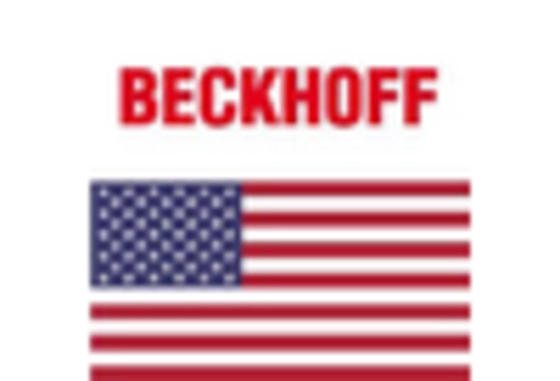The Packaging Automation Market is currently characterized by a dynamic competitive landscape, driven by technological advancements and increasing demand for efficiency in production processes. Key players such as KUKA (Germany), Siemens (Germany), and Rockwell Automation (US) are at the forefront, each adopting distinct strategies to enhance their market positioning. KUKA (Germany) focuses on robotics and automation solutions, emphasizing innovation in smart manufacturing. Siemens (Germany) leverages its extensive portfolio in digital industries to integrate automation with digitalization, while Rockwell Automation (US) prioritizes the development of software solutions that enhance operational efficiency. Collectively, these strategies contribute to a competitive environment that is increasingly centered around technological integration and operational excellence.
In terms of business tactics, companies are increasingly localizing manufacturing to reduce lead times and optimize supply chains. This trend is particularly evident in the Packaging Automation Market, which appears to be moderately fragmented, with a mix of established players and emerging firms. The collective influence of key players shapes market dynamics, as they engage in strategic partnerships and collaborations to enhance their offerings and expand their reach.
In August 2025, KUKA (Germany) announced a partnership with a leading packaging company to develop advanced robotic solutions tailored for the food and beverage sector. This collaboration is significant as it not only enhances KUKA's product offerings but also positions the company to capitalize on the growing demand for automation in food packaging, which is increasingly focused on efficiency and safety.
In September 2025, Siemens (Germany) unveiled a new digital twin technology aimed at optimizing packaging processes. This innovation is crucial as it allows manufacturers to simulate and analyze production lines before implementation, thereby reducing downtime and improving overall efficiency. Such advancements indicate Siemens' commitment to integrating digital solutions into traditional manufacturing processes, which could redefine operational standards in the industry.
In July 2025, Rockwell Automation (US) launched a new suite of AI-driven analytics tools designed to enhance predictive maintenance in packaging machinery. This strategic move is likely to provide clients with actionable insights, thereby minimizing unplanned downtime and maximizing productivity. The introduction of AI into packaging automation reflects a broader trend towards data-driven decision-making in manufacturing, which is becoming increasingly vital for competitive differentiation.
As of October 2025, the Packaging Automation Market is witnessing a shift towards digitalization, sustainability, and AI integration. These trends are reshaping competitive dynamics, as companies increasingly form strategic alliances to leverage complementary strengths. The focus is shifting from price-based competition to innovation, technology, and supply chain reliability, suggesting that future competitive differentiation will hinge on the ability to adapt to these evolving market demands.


















Leave a Comment